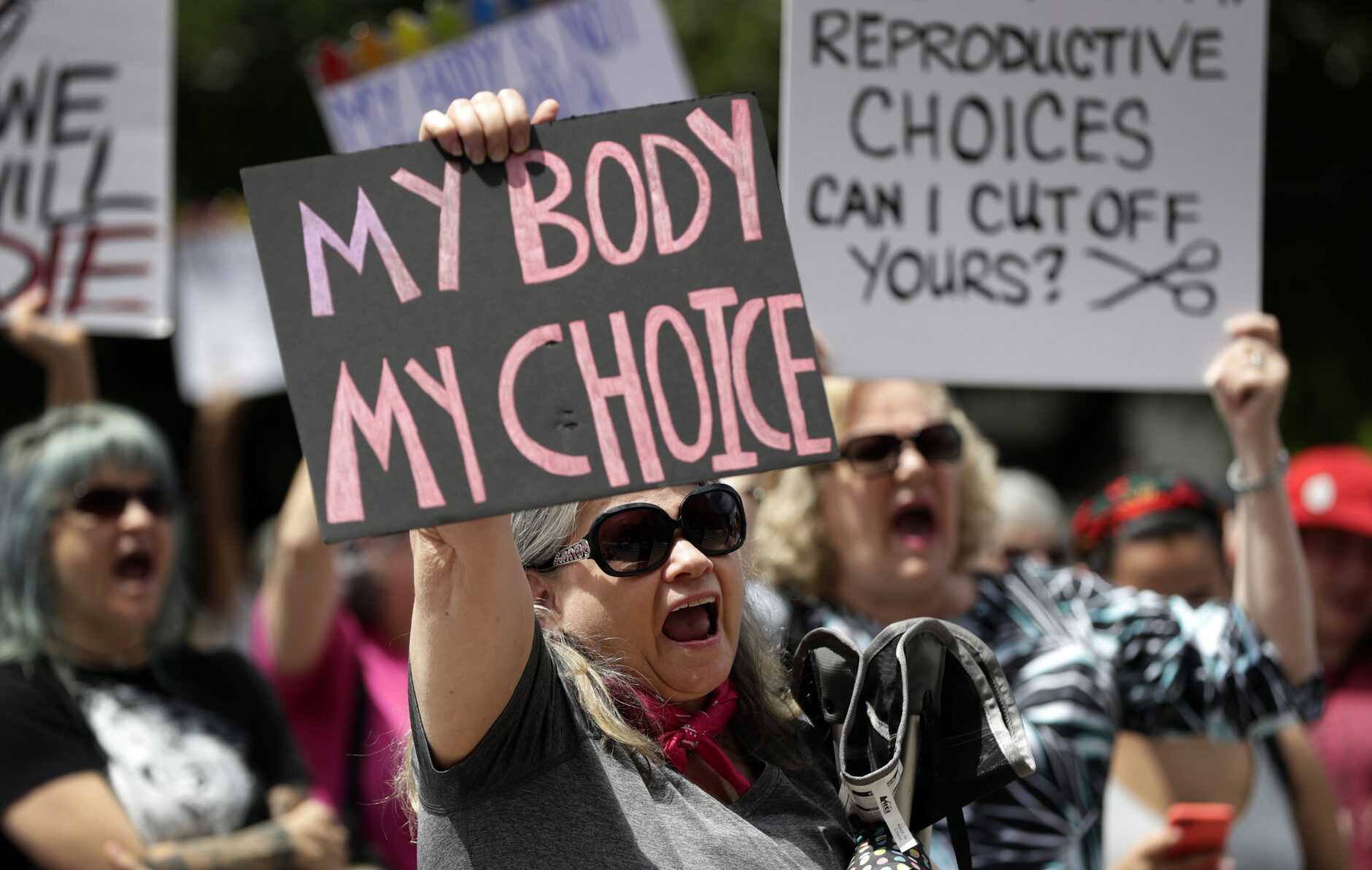Watch
Events
Articles
Market
More
This coming week, May 8-14 (7-13 Iyar 5782), the Bible reading plan covers the portion Emor (Say).
08 May Leviticus 21:1-15 Job 41:1-42:17 Acts 12:6-25 Psalm 86:11-17
09 May Leviticus 21:16-22:16 Isaiah 1:1-2:22 Acts 13:1-25 Psalm 87:1-7
10 May Leviticus 22:17-33 Isaiah 3:1-4:6 Acts 13:26-52 Proverbs 24:1-6
11 May Leviticus 23:1-22 Isaiah 5:1-30 Acts 14:1-28 Proverbs 24:7-12
12 May Leviticus 23:23-32 Isaiah 6:1-7:25 Acts 15:1-21 Proverbs 24:13-18
13 May Leviticus 23:33-44 Isaiah 8:1-9:21 Acts 15:22-41 Proverbs 24:19-23
14 May Leviticus 24:1-23 Ezekiel 44:15-31 Acts 16:1-15 Proverbs 24:24-28
The complete annual Bible reading plan for 2021-22 (Hebrew year 5782) is available at this link:
http://thebarkingfox.com/2022/....05/06/weekly-bible-r



When a baby is born and they then want to kill it. The "MY BODY My CHOICE" does NOT apply; that body is NO LONGER your body. It has a body of its own, MURDER is killing an innocent person. First-degree MURDER! Look at these women's faces yes, Men all over are saying It's your body I DON'T want it. Their lifestyles have made them wear shame on their faces. Just a thought.




Blair Campbell
Delete Comment
Are you sure that you want to delete this comment ?